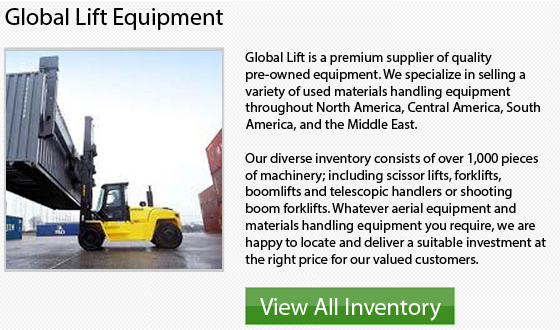
Safety Requirements for Scissor Lifts
Scissor lift machines are referred to as "moveable scaffolds," according to the OSHA. These industrial equipment are capable of raising heavy and big loads which are balanced well. They are responsible for transporting employees and their supplies to and from high elevations efficiently and safely. Since these mobile heavy machinery are classified as heavy machinery, there are many safety standards which apply to the use and maintenance of scissor lifts.
Movement
Scissor lifts sit upon a wheeled base so they can move around to access a wider variety of places. These pieces of machines have been designed to move heavier cargo, equipment and even employees up and down to work locations. For safety reasons, employees are not permitted to ride on a scissor lift while relocating. Usually, this is to help make certain that no one falls from the machinery while it is being utilized. All employees working around a scissor lift as well as directly with the machine need to be informed regarding its movement prior to the driver releasing the safety brake to be able to make the lift move. Constant communication around heavy machines helps keep the working environment and all individuals in it safe.
Fall Protection
There are several stringent safety regulations to follow about the safety standards for the scissor lifts with a purpose to make sure that employees do not fall from the lift when they are utilizing it. Even if scissor lifts are not required to be enclosed, there are features such as guard rails positioned around the lift perimeter in addition to a lock that must be engaged on the lift platform entrance whenever the lift is being utilized. There are also slip guards in position for added safety.
Another safety habit which workers must think about is to make certain that all loads are fastened securely prior to any lifting. This must ensure that nothing on the lift platform causes anyone to be injured.